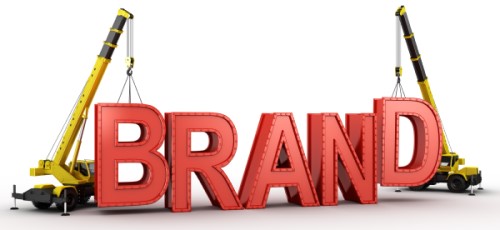Customer Intimacy: A hidden force to be reckoned with for market success
April 3, 2025
 Customer Intimacy: A hidden force to be reckoned with for market success
Customer Intimacy: A hidden force to be reckoned with for market success
Beyond Customer Service: The Rise of Deep Business Partnerships There is no doubt that leading products and services with competitive pricing remain important. However, today’s market leaders have discovered a more powerful differentiator: customer intimacy. This approach goes far beyond traditional customer service – it’s about becoming an indispensable partner in your customers’ success. How…
 Customer-oriented Leadership: From being a Service Provider to Strategic Partner
Customer-oriented Leadership: From being a Service Provider to Strategic Partner
Customer relationships have changed In the past few decades, we have seen a remarkable transformation in how companies interact with their customers. What began as simple account management in advertising agencies has evolved into sophisticated systems of customer partnerships that generate entire industries. Today’s market leaders aren’t just selling products – they’re architecting complete business…
 Driving Business Leadership through Customer Service
Driving Business Leadership through Customer Service
Though every Business or Organization wishes to be the market leader in its chosen niche segment, it doesn’t happen that easily. There can be very few leaders who dominate the market for a long time. True there are companies that are successful for a little while and they disappear overnight. But then there are Organizations…
In the ever-evolving, ever-competitive world of global business, some brands glow white-hot for a short moment, others burn steady and grow through decades of market shifts and cultural transformations.
What separates these enduring giants from their short-lived counterparts?
Take a moment to consider the brands that dominated headlines just a 10-15 years ago. BlackBerry no longer make phones. Toys “R” Us fell, with their brand being resurrected as a smaller version of what it used to be. Stiff online competition and a changed retail environment have ensured this.
Multinational giants like Apple, Nike, and McDonald’s continue to do well in spite of, or perhaps because, facing similar market challenges.
Recent research from McKinsey suggests that only a third of companies that were in the top quartile of growth between 2009 and 2014 were able to maintain that rate in the following five years. This statistic makes the achievements of long-standing brand leaders even more remarkable.
It might seem self-evident that superior products are the key to longevity, but in actuality there is more to it than this.
Leading brands have mastered what marketing strategists call the “total value proposition” – a web of promises, experiences, and deliverables that extend far beyond the product itself, including such extras as brand reputation, product features, and expert advice and guidance.
Consider Apple. Their success isn’t solely built on creating beautiful, premium devices; it’s a whole system of thoughtfully integrated products, services, and experiences – from free workshops at their flagship stores delivered by their “Genuises” or an enjoyable performance, backlit displays and UI/UX in use that keep customers locked in. 92% of iPhone users responded that they likely to upgrade to another iPhone, demonstrating the power of a well-crafted value proposition.
Successful brands weave their values deep within the fabric of their organisational culture. Nike’s “Just Do It”, for example, is more than a now-dated slogan, but something a guiding principle that can be found in every aspect of their operation, from product development to customer service. Furthermore, this alignment between internal culture and external brand offering creates a congruency among the public that is more likely to foster a sense of trust.
Industry experts understand that excellence is a constant journey, not a final resting stop. IBM’s transformation from a hardware company in the 1990s to a cloud computing and AI leader today illustrates this. The company has shapeshifted a number of times while holding on to its core promise of solving complex business problems through technology.
When consumers reach for an iPhone or lace up a pair of Adidas shoes, they’re not just buying a product – they’re buying into a promise of reliability. This is implicit trust, constructed over years of consistent delivery. It becomes a brand’s most valuable asset. Research shows that 81% of consumers need to trust a brand before making a purchase.

Today’s successful brands are writing new rules for maintaining market leadership:
Market leadership isn’t a crown to be worn lightly. It requires constant attention to changing market dynamics, emerging technologies, and evolving customer expectations. Consider how Disney has adapted to the streaming era while maintaining its core identity as a storytelling company.
For organisations aspiring to build enduring brands, the path forward requires:
As we move further into the digital age, the principles of brand leadership continue to evolve. Yet the fundamental truth remains: successful brands are those that can somehow maintain their core identity while adapting to change. They understand that leadership isn’t just about being at the top – it’s about consistently delivering value in ways that matter to their customers.
The next decade will likely see new challenges emerge, from artificial intelligence to climate breakdown, that will test even the strongest brands.
Those who thrive will be the ones who can balance tradition with innovation, stability with agility, and corporate success with social responsibility.
Your email address will not be published. Required fields are marked *